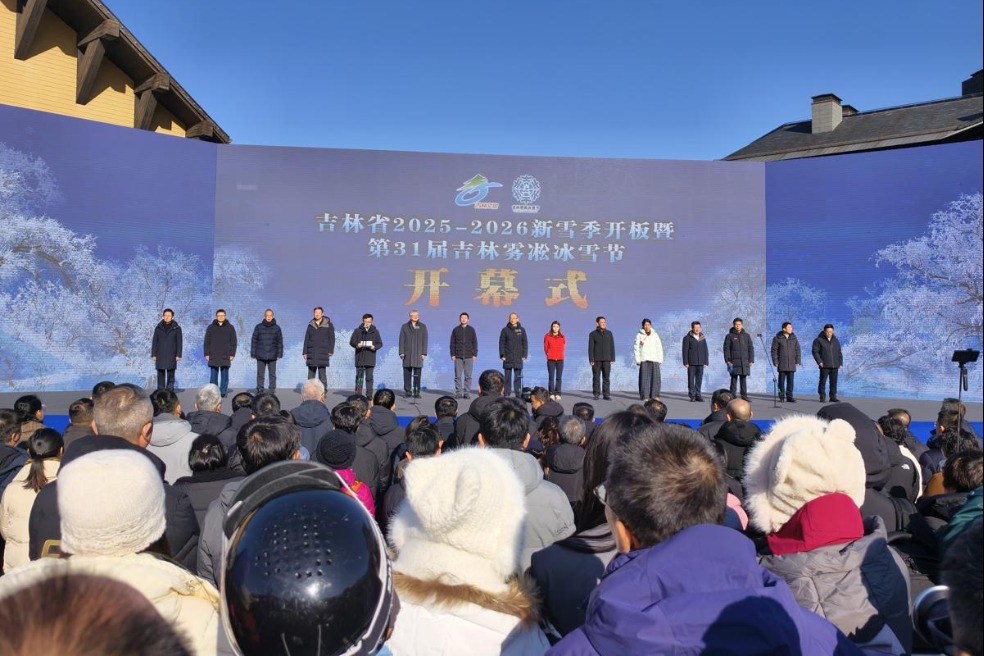Chinese scientists achieve major breakthrough in perovskite solar cell technology

SHANGHAI -- Chinese scientists have achieved a major advancement in the field of perovskite solar cells, potentially paving the way for their widespread industrial application.
Perovskite solar cells, a highly promising next-generation photovoltaic technology, generate electricity like traditional silicon-based cells while offering distinct advantages such as being ultra-thin, flexible and lightweight. These features open up possibilities for integration into unconventional surfaces like clothing and windows. However, the instability of these devices has remained a major obstacle to commercialization.
A research team from the Shanghai-based East China University of Science and Technology has achieved a major breakthrough by identifying the key mechanism behind this instability.
The researchers have developed an innovative perovskite solar cell device capable of operating for an unprecedented 3,670 hours, setting a new benchmark for durability. Their research was recently published in the journal Science.
To address the stability issue, the researchers introduced a novel solution: putting the perovskite material in a "protective suit" made of graphene-polymer, a hard and durable material. This innovative approach significantly enhances the material's lifespan and resilience.
The researchers also revealed that they have already initiated collaborative trials with industry partners. If successfully mass-produced, this technology could revolutionize the energy sector, enabling innovations that integrate solar energy harvesting into everyday life.
- Explainer: How will China peak coal, oil use in its climate push
- Live-fire drill in Yellow Sea to run from Tuesday to Friday
- Chinese scientists reveal potential driver of ulcerative colitis
- 3.43m candidates have signed up for 2026 national postgraduate entrance exam
- China aims to cover key industrial emitters in carbon market by 2027
- Hiker returns phone lost on remote trail for three years




































